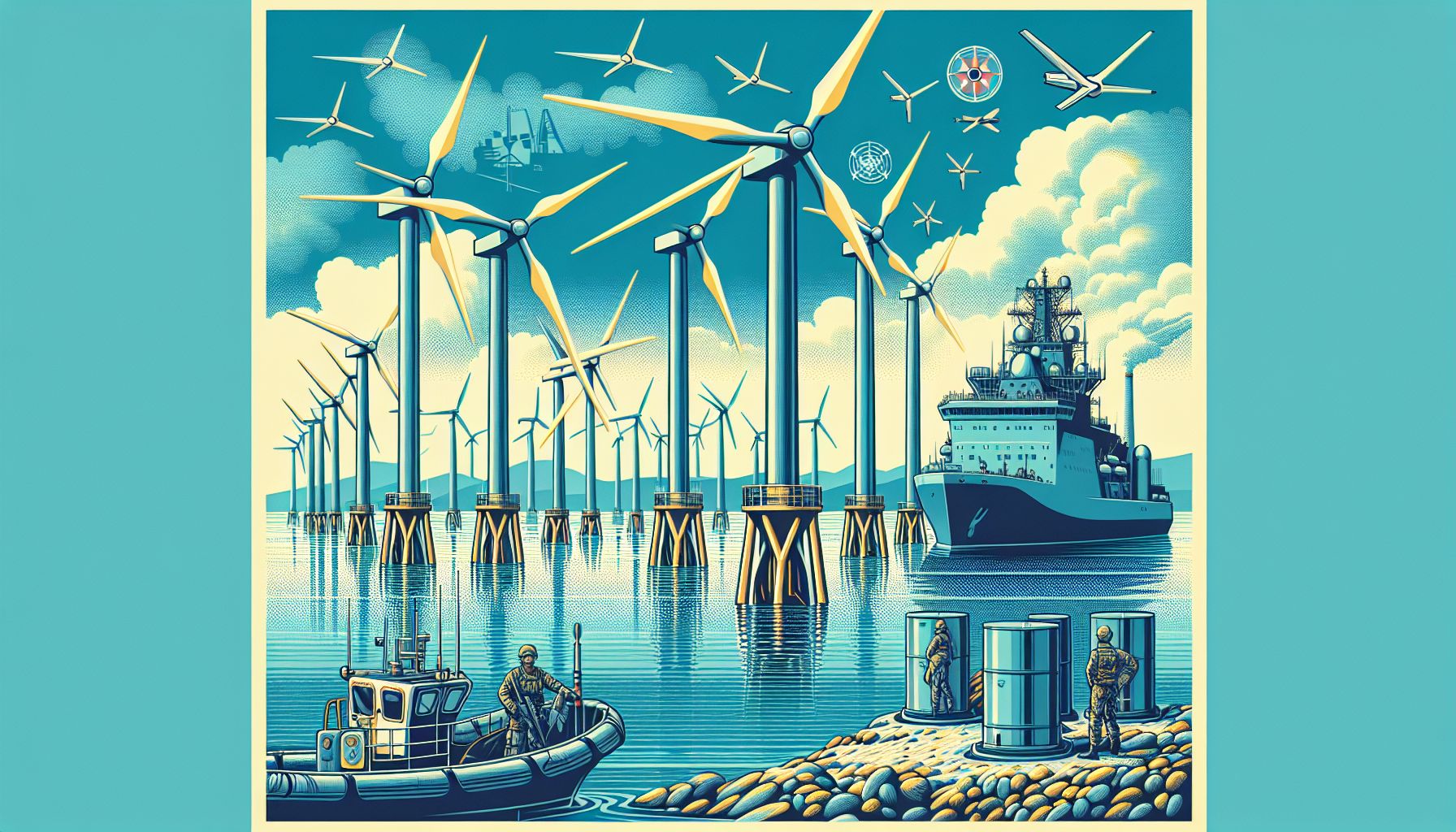Sweden's Wind Energy Ambitions Face Military Security Hurdles

Stockholm, Monday, 4 November 2024.
Sweden’s offshore wind projects clash with national security as military concerns emerge over potential disruptions to critical sensors. These disruptions could reduce missile attack warning times to just 60 seconds, highlighting the complex balance between renewable energy goals and defense capabilities.
The Tension Between Renewable Energy and National Security
Sweden’s ambitious plans to expand offshore wind energy along the Baltic Sea coast are encountering significant obstacles from the nation’s defense sector. The Swedish Armed Forces have expressed concerns that the proposed wind farms could interfere with vital military sensors, thereby reducing the warning time for potential missile attacks from two minutes to merely 60 seconds. This development underscores the intricate challenge of balancing the nation’s commitment to renewable energy with its national security imperatives[1].
Defense Implications and Regional Security Concerns
The Swedish Minister of Defense, Pal Jonson, has voiced serious reservations regarding the proposed projects, emphasizing the severe consequences of potential sensor disruptions. These disruptions could impair Sweden’s ability to detect submarines, a critical capability given the heightened security situation in Northern Europe. This concern is exacerbated by the shifting geopolitical landscape following Russia’s invasion of Ukraine in 2022, which has intensified security measures in the region, including NATO’s recent establishment of a new naval base in Rostock, Germany[1].
Renewable Energy Strategy Amidst Security Challenges
Despite these security challenges, Sweden remains committed to its renewable energy strategy, which places a growing emphasis on sustainable sources such as wind power. This strategy is a pivotal component of Sweden’s broader energy transition goals, which aim to enhance electrification and reduce carbon emissions. However, the potential conflict with national defense capabilities adds a layer of complexity to Sweden’s energy planning, necessitating a careful evaluation of how these projects can proceed without compromising security[1][2].
Balancing Innovation and Defense
The Swedish government’s approach to addressing these challenges involves exploring methods to maximize local economic benefits from wind farm installations while aligning with national electrification targets. This includes initiatives to provide financial support to municipalities that favor onshore wind projects, as announced by Romina Pourmokhtari, Minister for Climate and the Environment. These efforts are part of a broader strategy to address local resistance and enhance project acceptance, despite the absence of specific measures for offshore wind power. The mixed reactions from the wind industry highlight the need for a balanced approach that considers both local constraints and national energy goals[2].

